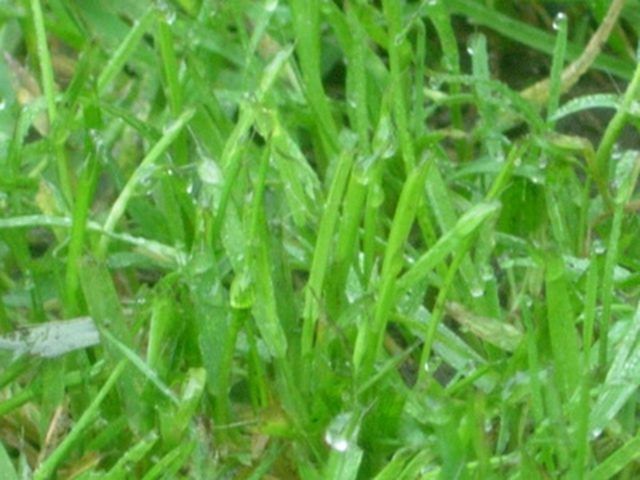Bulbs
Flower Basics
Flower Beds & Specialty Gardens
Flower Garden
Garden Furniture
Garden Gnomes
Garden Seeds
Garden Sheds
Garden Statues
Garden Tools & Supplies
Gardening Basics
Green & Organic
Groundcovers & Vines
Growing Annuals
Growing Basil
Growing Beans
Growing Berries
Growing Blueberries
Growing Cactus
Growing Corn
Growing Cotton
Growing Edibles
Growing Flowers
Growing Garlic
Growing Grapes
Growing Grass
Growing Herbs
Growing Jasmine
Growing Mint
Growing Mushrooms
Orchids
Growing Peanuts
Growing Perennials
Growing Plants
Growing Rosemary
Growing Roses
Growing Strawberries
Growing Sunflowers
Growing Thyme
Growing Tomatoes
Growing Tulips
Growing Vegetables
Herb Basics
Herb Garden
Indoor Growing
Landscaping Basics
Landscaping Patios
Landscaping Plants
Landscaping Shrubs
Landscaping Trees
Landscaping Walks & Pathways
Lawn Basics
Lawn Maintenance
Lawn Mowers
Lawn Ornaments
Lawn Planting
Lawn Tools
Outdoor Growing
Overall Landscape Planning
Pests, Weeds & Problems
Plant Basics
Rock Garden
Rose Garden
Shrubs
Soil
Specialty Gardens
Trees
Vegetable Garden
Yard Maintenance
Why Do I Have Small Brown Patches in My Lawn?
Why Do I Have Small Brown Patches in My Lawn?. Brown patches appearing on the lawn may be attributed to a variety of diseases and conditions. Some diseases, like the common Rhizoctonia brown patch, may develop and spread quickly, leaving the lawn looking sickly. Fortunately, most brown patch problems can be treated and many are preventable....

Brown patches appearing on the lawn may be attributed to a variety of diseases and conditions. Some diseases, like the common Rhizoctonia brown patch, may develop and spread quickly, leaving the lawn looking sickly. Fortunately, most brown patch problems can be treated and many are preventable. Understanding good lawn care practices is the best way to keep grass looking healthy and green throughout the growing season.
Brown Patch Lawn Disease
According to the Texas A&M Extension, Rhizoctonia brown patch disease is a common fungal disease causing small, round, brown patches to appear on the grass. This disease is especially common in the spring and fall. Temperatures above 70 degrees F cause the fungus to spread rapidly throughout the yard.
Other Causes
Rhizoctonia brown patch is not the only cause of brown patches in the grass, according to the Plant Answers website. Other common causes include drought, take-all patch disease, chinch bug infestation or grub infestation. Lawn care services and horticultural experts may help homeowners properly diagnose the conditions afflicting their lawn.
Symptoms
According to the University of Missouri, Rhizoctonia brown patch commonly causes round patches to appear on the ground. Other symptoms include grass appearing dried out even with sufficient watering. Doughnut-shaped patches with healthy centers are also indicative of Rhizoctonia brown patch. Brown, irregular patches in the summer may indicate take-all patch disease, another type of fungus disease.
Types of Grasses
Virtually all types of grasses are prone to brown patches caused by fungal diseases or pest infestation. According to the Texas A&M Extension, the Flora-TAM brand of St. Augustine grass is the most naturally resistant to Rhizoctonia brown patch disease, take-all patch disease and chinch bug infestations.
Prevention
Homeowners can take several steps that will help prevent fungal infection, pest infestations and drought symptoms. Proper irrigation is essential to a healthy, green lawn. According to the Texas A&M Extension, grass should only be watered when necessary; overwatering can contribute to fungus production. Water to a depth of 4 to 6 inches and always water grass in the morning. Prevent thatch buildup, which may contribute to bug and fungus growth, by mowing grass frequently and removing clippings during warm, humid weather. Avoid the use of high-nitrogen fertilizers, which contribute to the prevalence of take-all and Rhizoctonia brown patch diseases.
Treatment
Treat fungal diseases by regularly applying fungicides. Apply them nightly during the warm season when nighttime temperatures reach 70 degrees. Stop using fungicides when the nighttime lows fall below 70 degrees. According to Texas A&M, some recommended chemical fungicides are propiconazole, mancozeb, PCNB, triadimefon and myclobutanil.